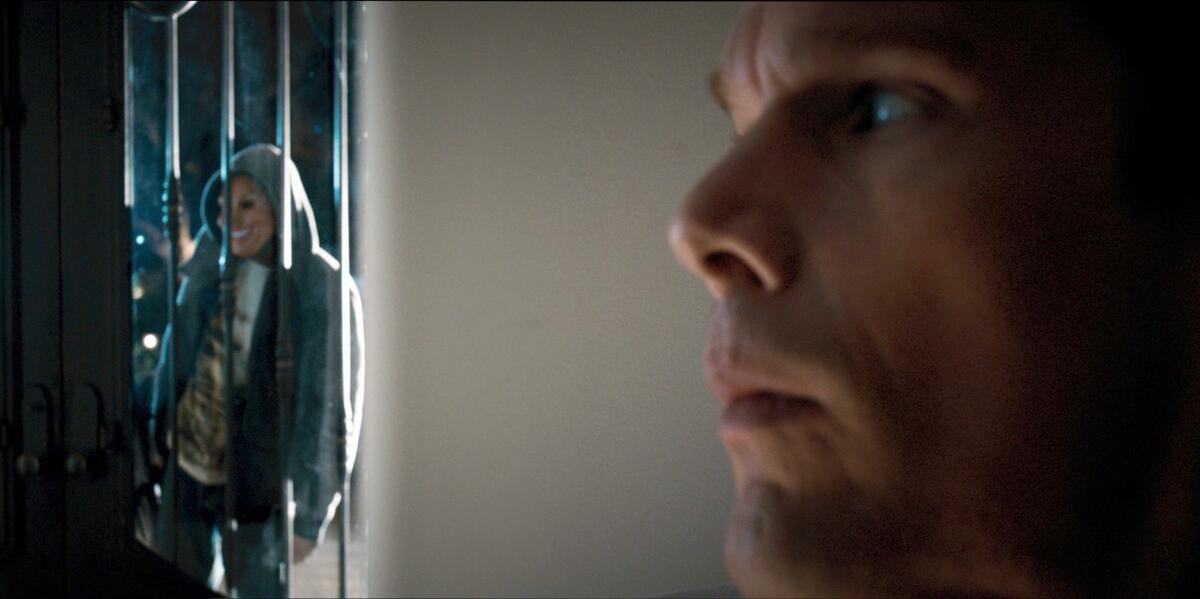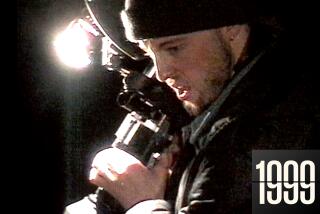âThe Purgeâ and the low-budget genre revolution

Back in 2010, shortly after Paramount Picturesâ âParanormal Activityâ became a mega-hit on a micro-budget, executives at the studio decided to launch a label dedicated to making more movies of this kind.
InSurge, as it was known, would produce films for less than a million bucks -- much less, as the mil was earmarked for no fewer than 10 movies -- going high on concept and short on dough (and costly big stars).
Such ambitions proved more attractive in theory than in practice. The label has yielded few movies, though those it has produced (for example, 2012âs horror flick âThe Devil Insideâ) have been hits.
PHOTOS: Billion-dollar movie club
But unlike most Hollywood flavors of the moment, the notion has turned out to have some staying power. Low-budget horror under studio auspices seems to work more often than not. This past weekend we saw the latest, and perhaps most shocking, example. âThe Purge,â a futuristic horror thriller starring Ethan Hawke that was released by Universal Pictures, cost just $3 million to make. But its $36.4 million easily outpaced far starrier and better-funded rivals, most notably the Owen Wilson-Vince Vaughn extravaganza âThe Internship,â which had the cooperation of Google and seemed to run an ad in every third postseason TV sports minute.
As with many trends, some of the more successful executions come largely from one company: Jason Blumâs Blumhouse, who is behind the âParanormalâ franchise, its spiritual heir âInsidiousâ and now âPurgeâ (more from him shortly). So it would be unfair to say that low-budget genre has swept Hollywood. Still, the fact that another studio has gotten in on the action is notable. Low-budget horror is a model that Lionsgate helped pioneer and that Paramount took to a new level and which has now spread around town to competitors like Universal, which has a first-look deal with Blumhouse.
Within Hollywood circles, much is made of the fact that these movies come cheap. They do (though not as cheap as they sound once marketing costs are factored in). But thatâs not primarily why they work. Moviegoers, generally, donât care how much a film costs.
Or do they?
In the cyclical world of Hollywood, sometimes the best thinking goes against the grain. And the grain in recent years has been to make big spectacles. Many of them, of course, become big hits. But itâs also no surprise that there would be a backlash, or least that commercial audiences, peppered as they are with Hollywood sound-and-light shows, might like something with a hand-made quality once in a while too. (Of course, it still helps to make a satisfying movie. âThe Purgeâ garnered a weak C CinemaScore, which will make for a tougher climb next weekend.)
Itâs been nearly 15 years since âThe Blair Witch Projectâ became the first of the modern hand-made genre phenomena. Weâre a lot savvier about low-budget horror movies and found footage that often accompanies them. But the lessons of âBlair Witchâ havenât gone anywhere: In this outsized era, movies that feel small just keep resonating.
ALSO:
âThe Purgeâ easily beats vince Vaughnâs âThe Internshipâ
More to Read
Only good movies
Get the Indie Focus newsletter, Mark Olsen's weekly guide to the world of cinema.
You may occasionally receive promotional content from the Los Angeles Times.











